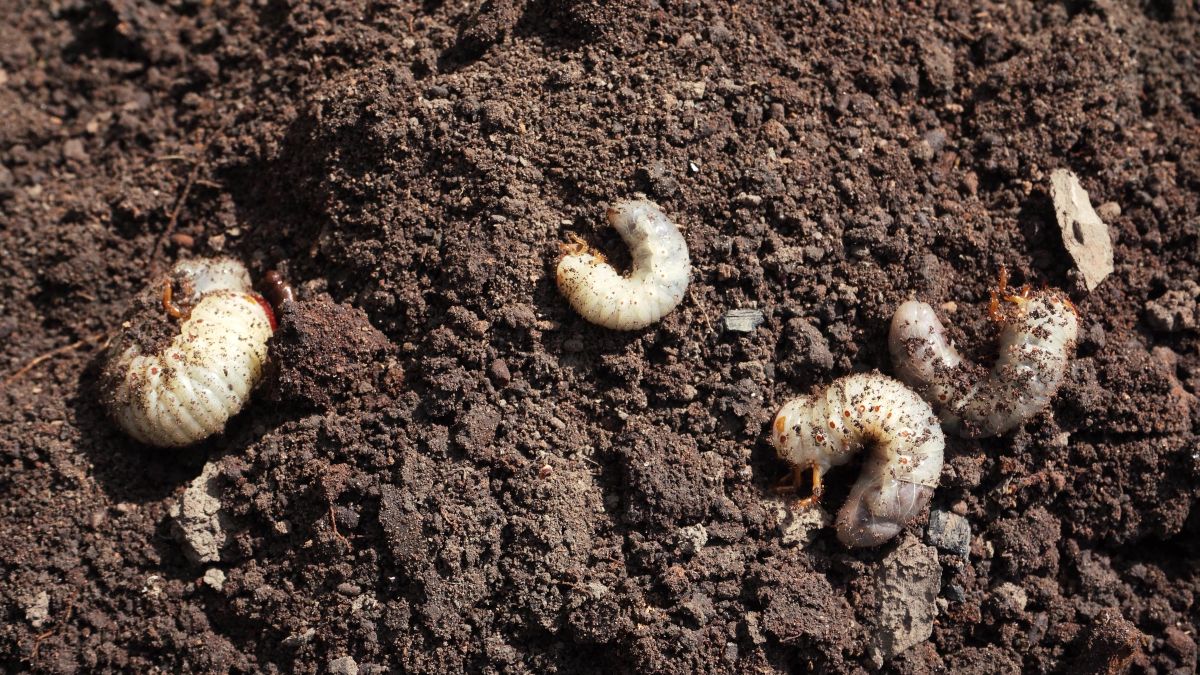
September 29, 2025
Grub Damage or Drought? How to Diagnose Brown Patches and Fix Them FastTo separate grub damage from drought stress, use the carpet roll test, a spade-and-count, and a soil moisture probe. Grub areas peel up easily and often show larvae and wildlife digging; drought patches stay rooted but feel hot and hard. Treat grubs with a curative and water in, then topdress, aerate, and overseed to rebuild roots. For drought, switch to deep morning irrigation, raise mowing height to 3.5–4 inches, aerate, and topdress before fall overseeding. Add a soil test and slow-release nutrition to keep color consistent. Follow this Suffolk County–specific plan and you’ll turn brown patches around fast—and prevent them from returning next season.
Read More


